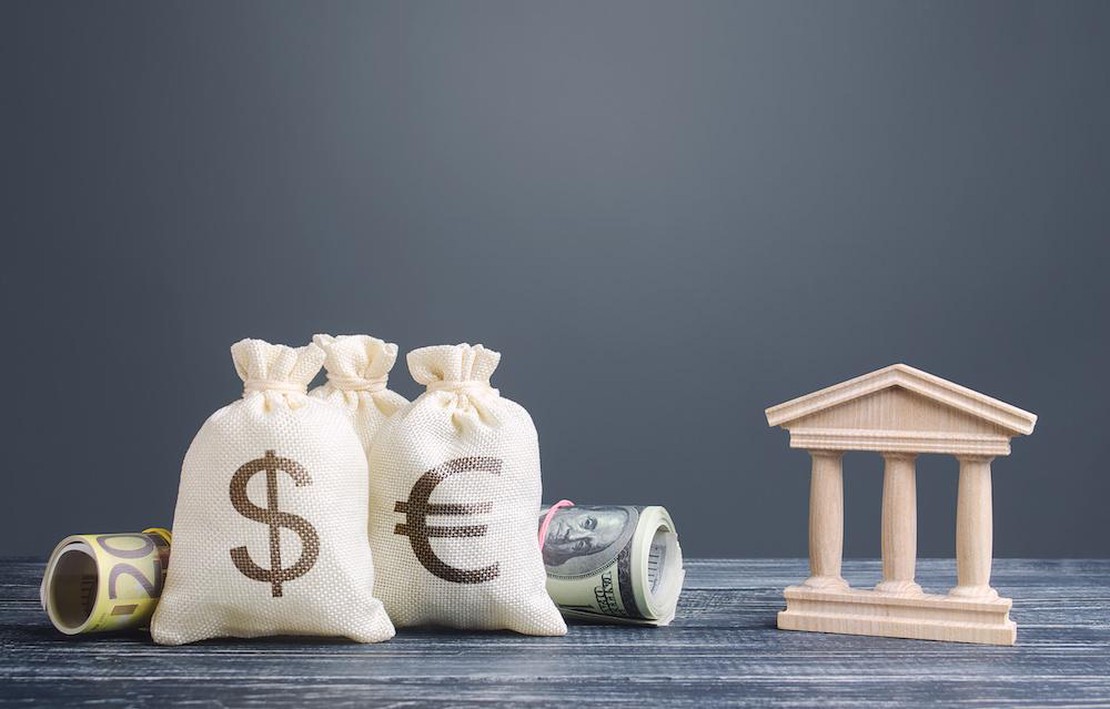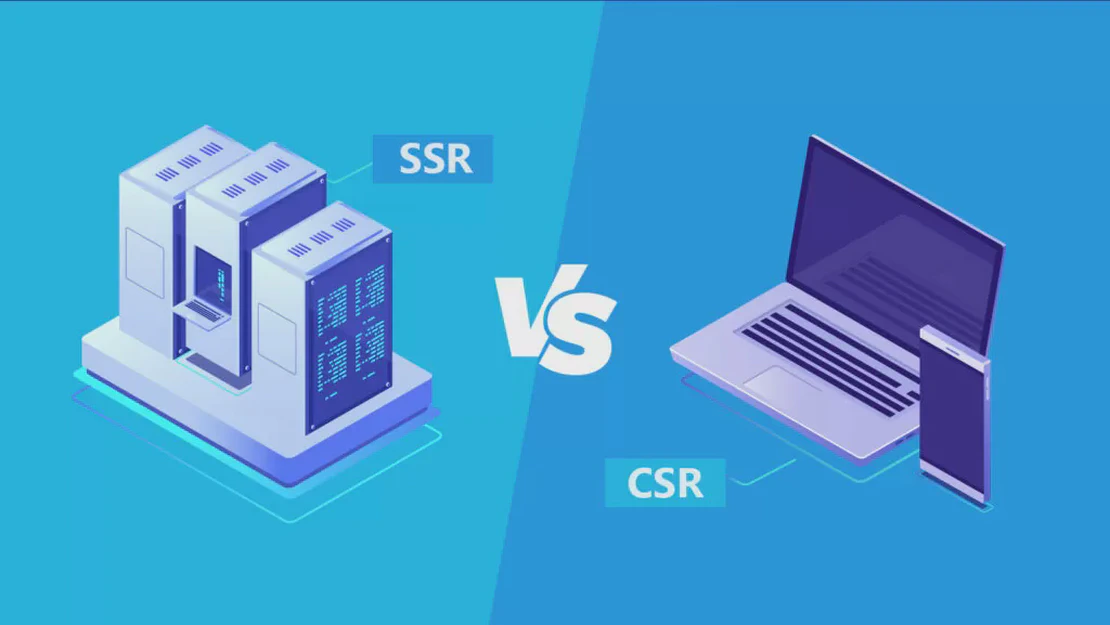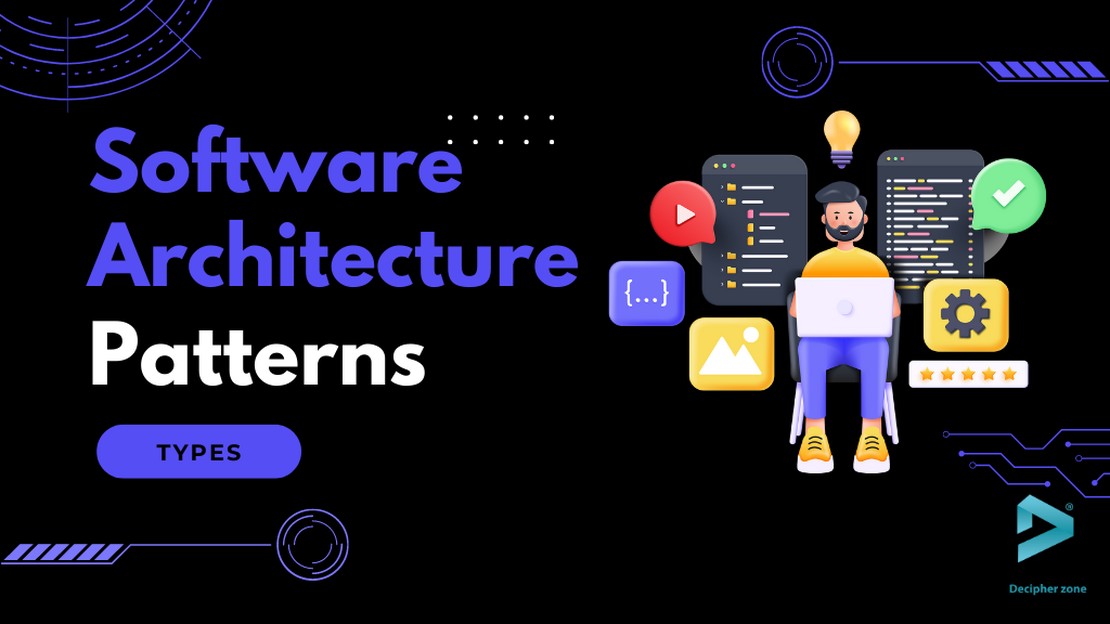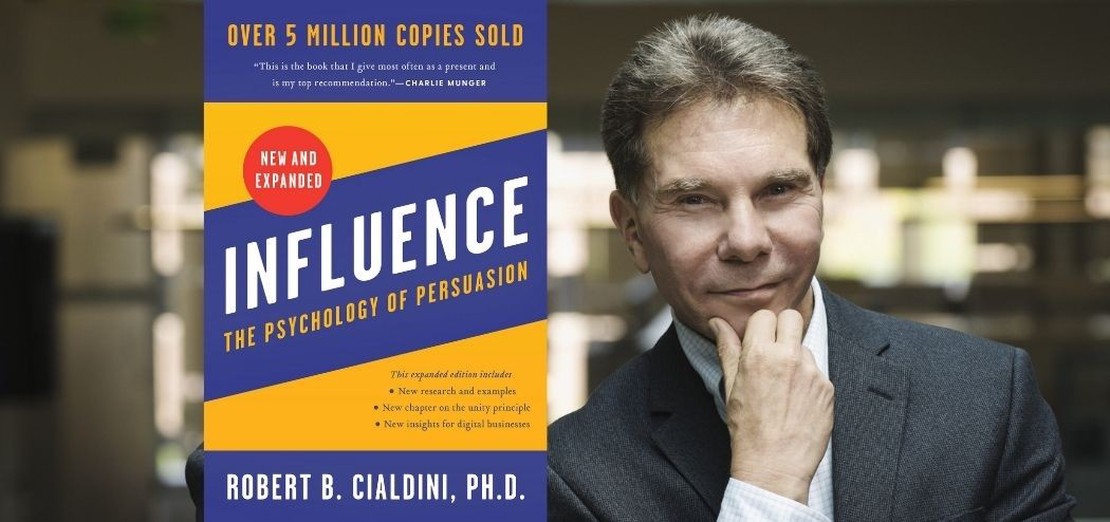
How the modern economy works
- Harun Bekri
- Economics
- March 6, 2024
In this blog, we will delve into the dynamics of our current economic system, How money is printed ? Is is good or bad ?
The Analogy of Eating Tomorrow’s Meal Today
Imagine a person consuming tomorrow’s meal today, with the hope that they will have another meal tomorrow. Similarly, banks are creating new money from nothing through the lending process. using an imaginary future money for today. Just as the person eating tomorrow’s meal is relying on the hope of getting another meal in the future, the banks are relying on Entreprenuers, Innovetors, scientists and technicians to build businesses that will generate profits and eventually make the Imaginary money created out of thin air become real. but how does this really work ?
How is money created ?
Let’s say you visit a bank and deposit 100,000 birr. Have you ever wondered what happens next? The bank doesn’t just let your money sit idle; instead, it utilizes it in a way that benefits both the bank and other individuals. When someone in need of funds approaches the bank, they are required to open an account. The bank then conducts a thorough assessment to determine whether lending to that individual is appropriate. If the decision is made to grant the loan, the borrower’s account is credited with the approved amount – a process as simple as inputting numbers into the bank’s computer system. If the borrower wishes to withdraw the funds, the bank provides the cash you initially deposited. However, it’s important to note that while the total money supply in the bank’s system is now 200,000 birr (comprising your 100,000 birr deposit and the 100,000 birr credit extended to the borrower), the actual amount held by the bank is only 100,000 birr. This process is repeated multiple times, effectively injecting new money into the market in the form of credit and expanding the overall money supply.
The Positive Side of Increasing The Money Supply
By injecting money into the market, banks aim to provide liquidity and promote economic growth. This increased money supply enables businesses to access capital for investments, spurring innovation, job creation, and overall economic development. Without access to credit, entrepreneurs and innovators would struggle to secure the necessary funds to start or expand their businesses. As a result, their growth potential would be constrained, leading to slower economic development and fewer job opportunities.
The Cycle of Increased Credit and Consumer Spending
When banks provide credit to businesses, it enables them to expand operations and hire more employees. This also boosts consumer spending power, as employees have more income to spend on goods and services produced by other businesses. The economy thrives as this chain of reactions stimulates demand, production, and employment. Increased consumer spending leads to rising demand for goods and services. In response, businesses often raise their prices to meet the growing market demand. This upward pressure on prices can lead to inflation because more money is chasing the same amount of goods and services.
The Risk of Disruption: Sudden Changes in Consumer Spending:
Sudden shifts in consumer spending patterns can disrupt the chain of reactions. If employees reduce their spending , the cycle can come to a halt. This decline in consumer spending can cause production slowdowns, layoffs, and economic instability. which is called as Recession. While the creation of money and cheap credit can drive economic growth, it is vital to address the risks of excessive consumption and inflation. By adopting prudent policies and promoting responsible behavior, we can leverage the positive aspects of our economic system while ensuring sustainability, stability, and the well-being of society as a whole.


